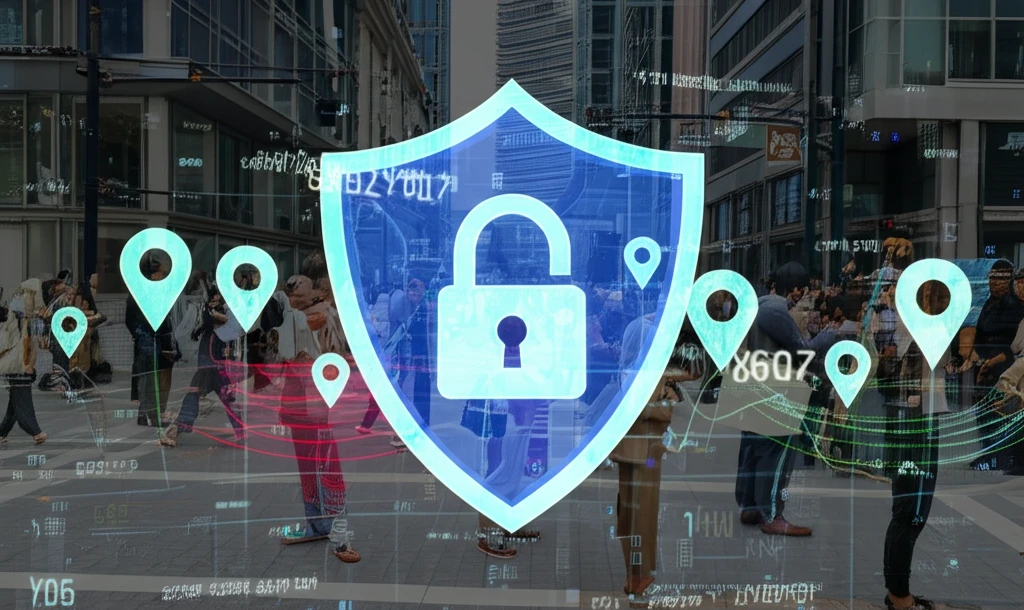
Protect Your Privacy: How Location Obfuscation is Changing Crowdsourcing
"Discover the innovative techniques that keep your location data safe while participating in spatial crowdsourcing, ensuring your privacy isn't compromised."
In today's interconnected world, our smartphones have become essential tools for data collection and information gathering, leading to the rise of spatial crowdsourcing (SC). SC allows individuals to outsource tasks to a distributed network of workers, leveraging their mobility and local knowledge. However, this process often requires sharing sensitive location data, raising significant privacy concerns for both task requesters and workers.
Traditional SC systems require workers and requesters to disclose their precise locations to a central server for efficient task assignment. This creates a vulnerability where untrusted parties, like the SC server itself, could potentially access and misuse this information. Protecting the location privacy of all participants is crucial to fostering trust and encouraging wider adoption of SC.
This article explores how privacy-preserving techniques are revolutionizing online task assignment in spatial crowdsourcing. We'll delve into innovative solutions that ensure effective task allocation without compromising the confidentiality of location data for either workers or requesters.
The Challenge of Location Privacy in Spatial Crowdsourcing

Spatial crowdsourcing connects those needing tasks completed with individuals able to perform them. Imagine someone needs data about local environmental conditions, traffic patterns, or the availability of products in nearby stores. Instead of collecting this data themselves, they can post these tasks on an SC platform, and nearby workers can complete them using their smartphones.
- Workers could be tracked and monitored, potentially revealing their daily routines and habits.
- Task locations might reveal sensitive information about the requesters, such as their home or business address.
- Aggregated location data could be used to infer demographic information or predict future behavior.
- Without proper security measures, this data could be vulnerable to breaches and unauthorized access.
A Future Where Privacy and Spatial Crowdsourcing Coexist
As spatial crowdsourcing continues to evolve, the integration of robust privacy-preserving techniques will be essential for its long-term success. By embracing methods like geo-indistinguishability and developing innovative task assignment strategies, we can create an ecosystem where individuals can participate in SC without fear of compromising their personal information. This will unlock the full potential of spatial crowdsourcing as a valuable tool for data collection, problem-solving, and community engagement.
